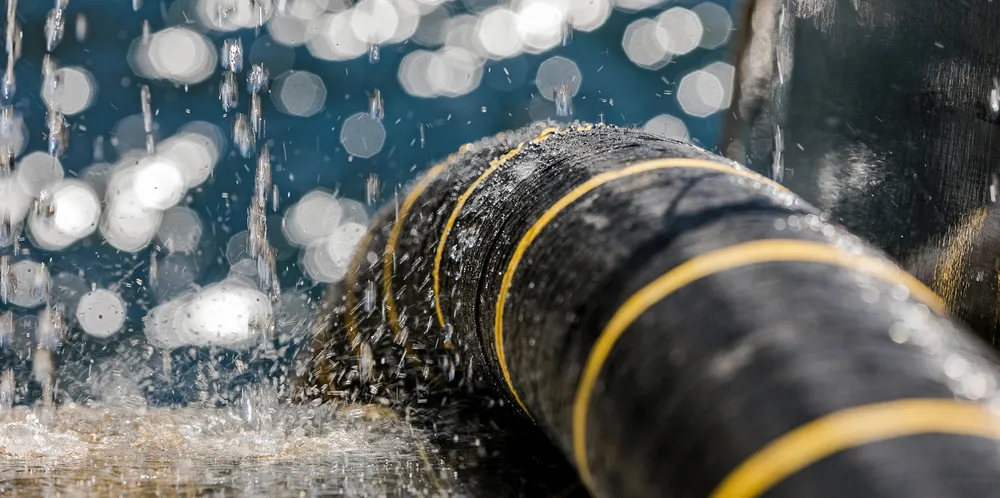US Treasury clarifies subsea cable offshore wind tax credits but ITC adders still unclear
US offshore wind 'stands to benefit' from guidance, but critical domestic content and energy community incentives remain out of reach

Guidance issued by the US Treasury Department on the landmark Inflation Reduction Act (IRA) clarifies subsea cables and power treatment equipment are eligible for investment tax credits but does little to enable early-stage projects to access critical domestic content and energy community adders.
The draft guidance released 17 November covers the section 48 investment tax credit (ITC) that was modified and expanded in the IRA last year.
Subsea cables and related equipment comprise some 10% of total project capex, and their inclusion “is a highly positive development for project economics,” said Jose Zayas, executive vice president of policy and programmes for American Council on Renewable Energy (Acore).
The inclusion of interconnection-related property in the newly proposed rules is an “important allowance [that] will help to defray the network upgrade costs that renewable energy projects often face while seeking access to the grid,” said Zayas. “Offshore wind stands to benefit from the additional certainty Treasury has sought to provide.”
Renewable energy trade group American Clean Power Association (ACP)’s chief advocacy officer JC Sandberg said: “This announcement is important for the 30 offshore wind projects currently in development, but more work remains.”
Investment tax credits included in the IRA start at 6% of total capex but ramp to 30% if wage, apprenticeship, and other criteria are met.
The legislation includes 10% ITC adders each for domestic content and investing in ‘energy communities’, census districts that have been negatively impacted by fossil fuel extraction and power generation.
ITC adders
Accessing this added 20% ITC is critical for the US pipeline facing headwinds of high inflation, rising interest rates and supply chain turmoil that has seen 25% of awarded capacity withdrawn and nearly all the rest seeking offtake contract renegotiation.
Meeting domestic content requirements, including 100% Made-in-America steel, is impossible due to the lack of local offshore wind supply chain that so far includes a single mill capable of producing sector-qualified steel.
Moreover, locations for onshore facilities were selected years before criteria for energy communities were issued, leaving projects excluded from this adder as well.
Acore's Zayas said recent guidance from Treasury around terms such as "energy project" will help “ensure consistent treatment between the Section 48 ITC and domestic content bonus credit, energy communities bonus credit, and prevailing wage and apprenticeship requirements.”
While final guidance is still pending, “Treasury's efforts to streamline their implementation will help to advance deals seeking to leverage multiple elements of the IRA capital stack, both in the near- and long-term,” said Zayas.
George Sassine, vice president for large scale renewables at New York State Energy Research and Development Authority (Nyserda), called on Treasury to expand “the definition of energy communities to include ports, to include multiple points of interconnection, to broaden the definition to make it easier to qualify.”
Storage guidance
The guidance released by Treasury also “sheds light on the eligibility of projects involving grid batteries and other energy storage solutions critical to the transition,” said Acore’s Zayas.
“There is seven times more utility-scale energy storage capacity today compared to the end of 2020,” said ACP’s Sandberg.
This “Treasury guidance will continue that momentum, providing necessary certainty for this growing industry.”